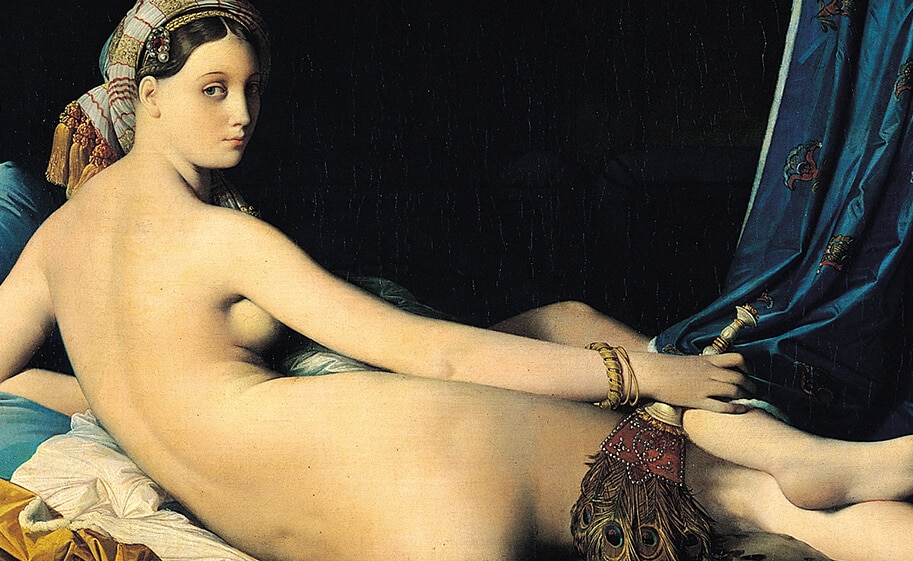One of the most popular adult websites has launched a project called “Classic Nudes” that profiles famous erotic artworks from western art history. They also present “Another Perspective” which surveys masterpieces of the same ilk from Asian, Native American and African art. They suggest this new portal is an exercise in ‘stimulating the public to visit, explore and fall back in love (or lust) with cultural institutions.’ Works of art are drawn from the collections of the Uffizi Gallery, Florence, Museo del Prado, Madrid, The Met, New York City, Musée d’Orsay, Paris, National Gallery, London and the Louvre, Paris.

There are paintings by Hieronymus Bosch, Rubens, Ingres, Titian and Rembrandt. While there are many works by white male artists there is at least one painting by a woman, ‘Beauty Revealed’ by American artist Sarah Goodridge. The ‘male gaze’ seems to be prioritised by the adult website, and it is common in western art history, so it’s no surprise that most of the featured artworks are by male artists, depicting mostly women. However there are homoerotic artworks too.
The pieces from each major gallery are shown in a static format where each work (mostly painting) is reproduced with a humorous and conversational caption that offers some insight into what’s going on and a little on the artist’s practice, there’s also a map reference to find it on display in real life. On several of these pages there are adult videos recreating the scene, or ‘what might happen next’.

There are some depictions of people of colour by European artists but the art by those ‘outside’ the canon of ‘western art history’ are presented in another section on the website, though the galleries are not mentioned. This part showcases more than 20 artworks depicting or by Latin, Asian and African peoples. The description texts have naughty quips and trivia about the artworks and artists. For example, on Cézanne’s ‘Scipio’ they write;
“Scipio, an early thirst trap by Cezanne, is a painting that invites us to (tastefully) moisten at the site of this sensually calm, and entirely beautiful, shirtless male form. A widely acclaimed study of anatomy, the painting actually ended up in the private collection of fellow famous art guy, Claude Monet, who described it as ‘a work of the greatest strength’. Interestingly, the artist actually owned many other works by Cezanne, but he kept this particular piece in his bedroom (most likely for artistic inspiration of the bedroom variety).“
There is no search function to look up an artist or a particular work of art, so the experience must be lead by intuition, which is not a bad way to explore art. The platform is a novel way to engage with art and there is potential that this mix of imagery and art history could inspire intellectual gratification.